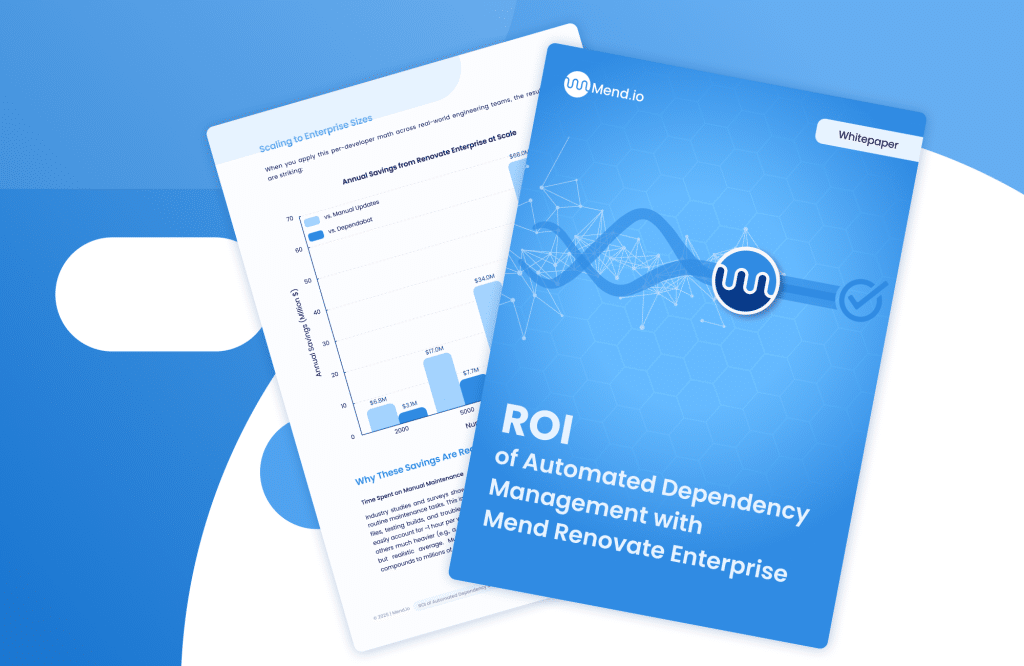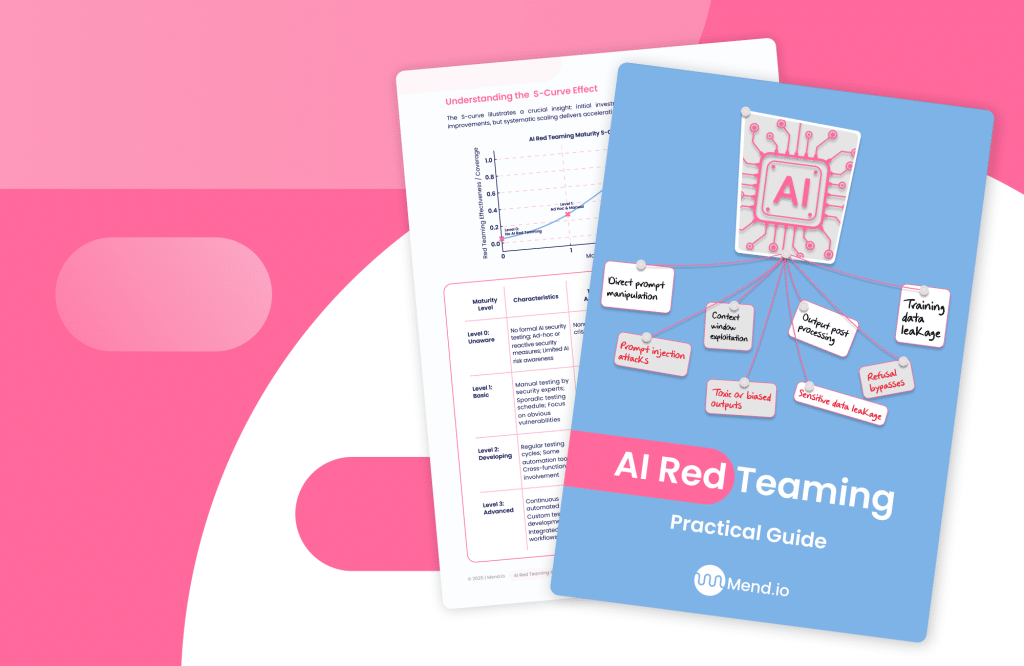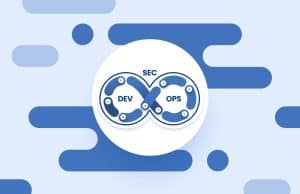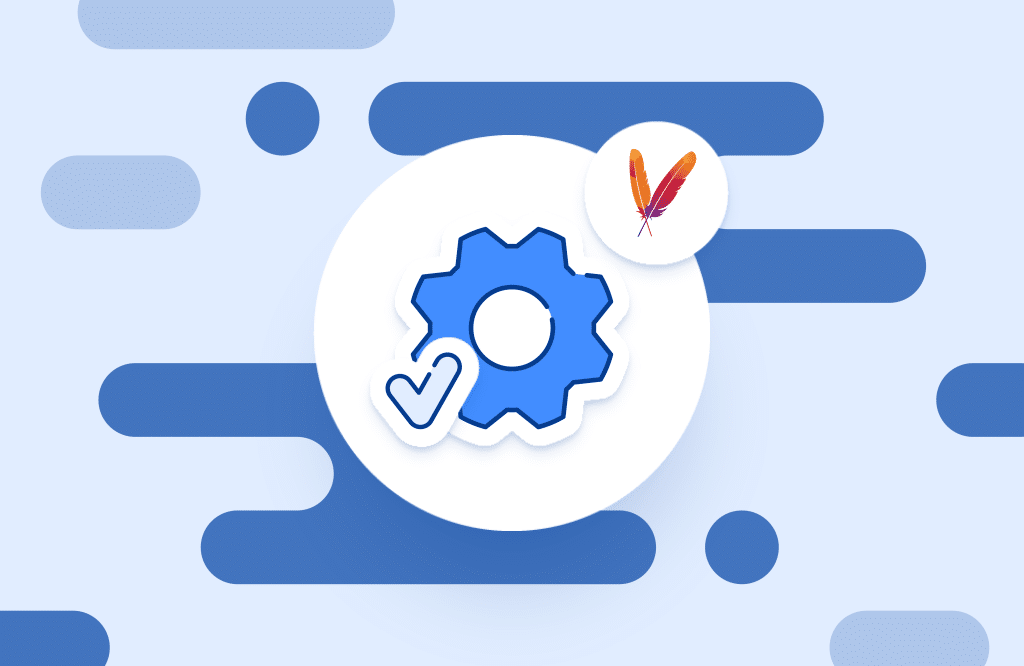Table of contents
42 DevOps Statistics to Know in 2025

What is DevOps?
DevOps is a set of practices that combines software development (Dev) and IT operations (Ops) to shorten the development lifecycle and deliver high-quality software continuously. It emphasizes collaboration, automation, and integration between previously siloed teams.
DevOps aims to improve deployment frequency, reduce failure rates, and accelerate recovery times. It relies on continuous integration, continuous delivery (CI/CD), infrastructure as code (IaC), and real-time monitoring to create a feedback loop between development and operations.
DevOps is a cultural and technical movement that requires changes in mindset, team structure, and workflows. It supports agile development, cloud adoption, and modern software delivery pipelines by breaking down barriers between coding and operations.
This is part of a series of articles about DevSecOps
Key DevOps statistics
DevOps adoption
DevOps is no longer a niche methodology—it’s a mainstream approach embraced by the majority of organizations aiming to enhance software delivery speed, collaboration, and reliability.
- 80% of organizations currently practice DevOps (Puppet)
- 77% of organizations use or plan to use DevOps for software deployment (HBR)
- 74% of organizations have adopted DevOps, up from 47% five years ago (RedGate)
- 50% of DevOps adopters are considered elite or high performing (Nagarro)
- 15% of companies are planning to adopt DevOps, and 9% have yet to begin (Logz)
DevOps market growth
The global DevOps market continues to grow rapidly, driven by the demand for faster development cycles, automation, and improved collaboration.
- The DevOps market is expected to reach $25.5 billion by 2028, growing at a CAGR of 19.7% (Polaris Market Research)
- The market was valued at $10.4 billion in 2023 (Polaris Market Research)
- North America holds 38.5% of the global DevOps market (Polaris Market Research)
- 61.21% of DevOps-using companies are based in the U.S. (Polaris Market Research)
- 8.77% are in the UK, and 6.8% in India (Polaris Market Research)
DevOps engineer jobs and workforce demographics
Demand for DevOps engineers continues to rise as organizations need skilled professionals to manage infrastructure, automation, and integration.
- DevOps engineer roles have grown by 75% on Indeed and 50% on LinkedIn (Tech Needs)
- Average DevOps engineer salary in the U.S. is $133,115 (GSDC)
- Women represent 13.8% of DevOps roles; men represent 86.2% (Zippia)
- 52.2% of DevOps engineers are White, 29.8% Asian, and 8.4% Latino (Zippia)
- Female DevOps developers earn 6% less than males on average (Zippia)
DevOps and CI/CD
CI/CD is central to modern DevOps pipelines, enabling faster and more reliable deployments through automation and frequent integration.
- CI tools market valued at $1.4 billion, projected to hit $3.72 billion by 2029 (Devzery)
- Jenkins dominates with 46.35% market share (Devzery)
- Bitbucket holds 18.61% and CircleCI has 5.72% (Devzery)
- Teams using CI/CD deliver software 2.5x faster than those using traditional methods (DORA)
- High performers are 1.4x more likely to use CI/CD tools (DORA)
DevSecOps
DevSecOps integrates security into DevOps workflows, addressing vulnerabilities earlier in the software lifecycle and ensuring compliance.
- DevSecOps market projected to reach $41.66 billion by 2030 at 30.76% CAGR (Infosec)
- 36% of teams currently use DevSecOps, up from 27% in 2020 (Infosec)
- 72% of organizations are integrating observability and security (DevOps Pulse 2023)
DevOps team structure
DevOps teams tend to be lean, cross-functional, and increasingly moving toward shared services to increase efficiency and reduce cognitive load.
- 75% of DevOps teams have 12 or fewer members (DORA)
- 85% of DevOps professionals plan to adopt a shared services model (Logz)
- Most engineers have 6–10 years of experience (DORA)
- 57% say IT process and framework skills are most important (Perforce)
Cloud and DevOps
Cloud platforms are integral to DevOps practices, providing scalability, automation, and rapid provisioning of infrastructure.
- 63% of DevOps teams use hybrid cloud strategies (DORA)
- 76% of DevOps teams use public cloud platforms (DORA)
- Only 30% of companies understand how their cloud budget is spent (Statista)
- Teams using cloud are 14% more likely to meet performance goals (DORA)
Monitoring and observability in DevOps
Observability is essential for identifying and resolving issues in complex systems. DevOps teams increasingly rely on it for visibility and cost control.
- 54% of DevOps professionals are responsible for observability (Logz)
- 36% of organizations focus on observability to better understand cost (Logz)
- 85% of teams use multiple tools for monitoring, adding complexity (Logz)
- Only 14% of teams are satisfied with their MTTR (Logz)
- Grafana, Prometheus, and AWS CloudWatch are top monitoring tools (Logz)
DevOps challenges
Despite its benefits, DevOps adoption is not without obstacles. Skills shortages, tool sprawl, and cultural resistance remain key concerns.
- 33% say skills shortages are the biggest challenge (Puppet)
- 29% cite legacy architecture as a major blocker (Puppet)
- 45% report cultural resistance to change (Puppet)
Industry trends: Where DevOps is headed in 2025 and beyond
DevOps is rapidly evolving. Emerging trends like AI, platform engineering, and SRE are reshaping how teams deliver and secure software.
- 94% of businesses say platform engineering helps them fully realize DevOps benefits (Perforce)
- DevOps teams using microservices deploy 46x more often and fix issues 96x faster (Puppet)
- DevSecOps is a top initiative for 56% of teams (DevOps Institute)
Securing DevOps pipelines with Mend.io
The Mend AI-Native AppSec Platform embeds security across every stage of your DevOps pipeline—covering code, open source components, containers, and AI components as they’re built and deployed. With AI-powered remediation, precision risk prioritization, and continuous coverage, the platform enables development and security teams to move fast without compromising security. From IDE to runtime, teams can eliminate vulnerabilities early, enforce policies automatically, and maintain a steady flow of innovation.














